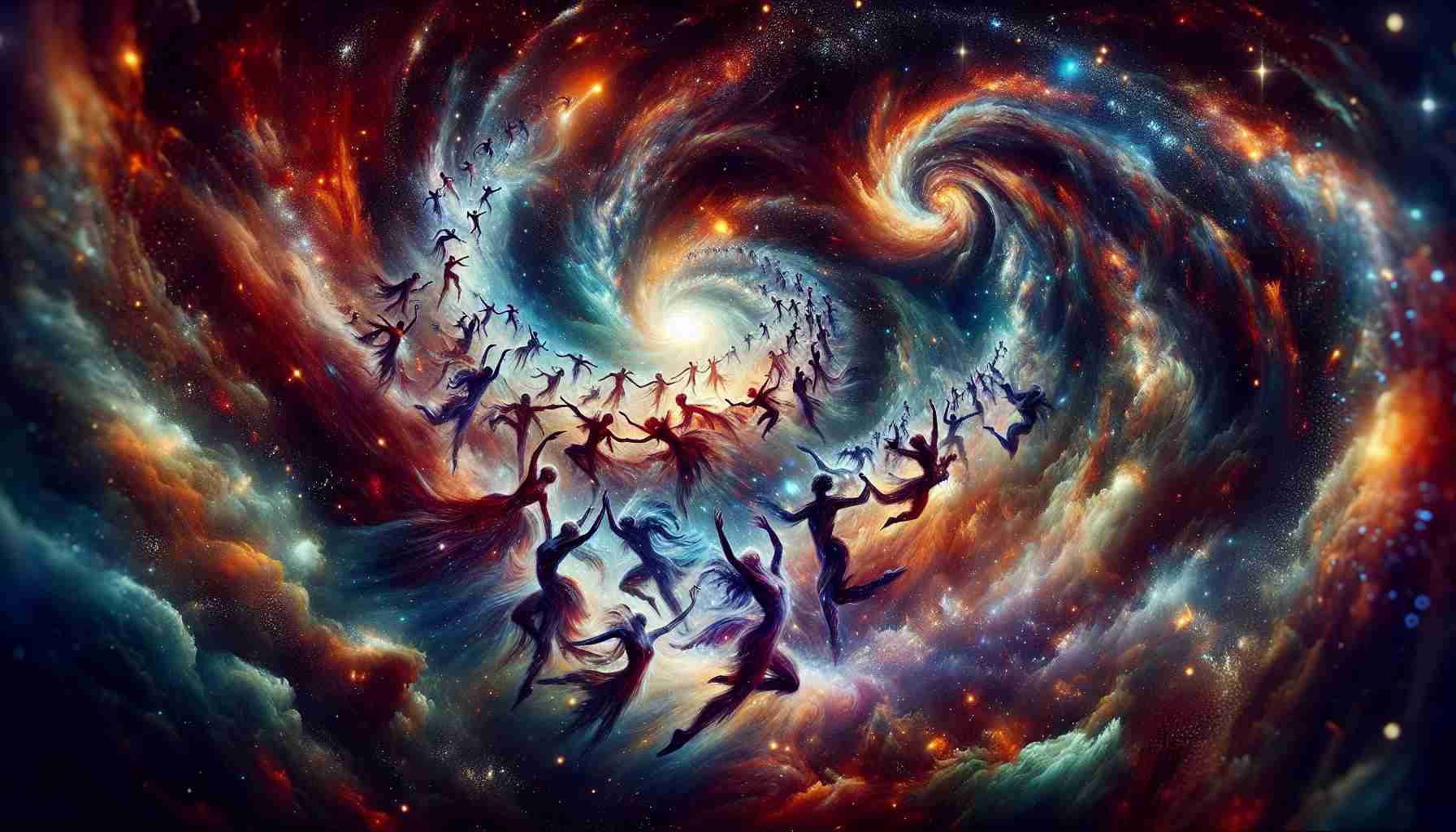Reimagining the Celestial Dance
In the ever-shifting realm of celestial bodies, the concept of planetary classification remains a topic of heated debate among astronomers worldwide. The boundaries set by the International Astronomical Union in 2006 were deemed by many as a step in the right direction but have since sparked a maelstrom of discussions and disagreements.
While gazing at the vast expanse of the universe, one cannot help but ponder: Should we redefine what it means to be a planet? The ancient Greeks viewed planets as “wandering stars,” a definition that has evolved over centuries. With each new celestial discovery, the intricacies of planetary classification become increasingly complex.
Recent debates have reignited the conversation, with passionate factions calling for a reevaluation of the criteria that determine a planet’s status. Should a planet be defined by its physical appearance or its ability to dominate its orbital neighborhood?
The discovery of objects like Eris, comparable in size to Pluto, has further blurred the lines of planetary identity. Should these distant entities beyond Neptune be considered planets, dwarf planets, or something entirely different?
The dichotomy between geophysicists and dynamists persists, with each camp advocating for their vision of planetary classification. While one side emphasizes a planet’s roundness as a defining trait, the other highlights the necessity of orbital clearance.
The cosmic ballet of planets, dwarf planets, and small solar system bodies continues to unfold, reflecting the intricate tapestry of our expanding knowledge. As we strive to navigate this celestial conundrum, it’s clear that the universe’s complexity defies simple categorization.
While the current definitions may not be flawless, they serve as a foundation upon which future discoveries can build. As our understanding of the cosmos deepens, so too will our definitions evolve, harmonizing the diverse array of celestial entities that populate our cosmic neighborhood.
In the ongoing exploration of the celestial dance, there are intriguing facts and questions that illuminate the complexities of our understanding of planetary classification and the structures in our universe.
One crucial question that arises is how the presence of exoplanets impacts our definition of planets within our own solar system. With thousands of exoplanets discovered beyond our solar system, should we reconsider the criteria for classifying planets based on what we have observed in distant planetary systems?
Additionally, the intriguing concept of rogue planets, which drift through space untethered to a star, challenges traditional classifications. How do these orphaned worlds fit into our understanding of planetary bodies, and should they be included in our definitions?
Another key area of debate revolves around the role of moons in planetary classification. As some moons are larger than traditional planets and exhibit complex geologic features, should they be considered in the same category as their parent planets, or do they warrant a separate classification?
One of the main challenges associated with reimagining the celestial dance lies in reaching a consensus on universal criteria for planetary classification. The diverse viewpoints of scientists, astronomers, and researchers often lead to disagreements on what characteristics are essential in defining a planet or a dwarf planet.
Furthermore, the controversy surrounding whether a planet should be classified based on its intrinsic properties or its relationship with other celestial bodies adds complexity to the discussion. Balancing these perspectives is essential in creating a comprehensive and inclusive framework for planetary classification.
Advantages of reexamining planetary classification include the potential for a more nuanced understanding of celestial bodies and their interactions. By updating our definitions to reflect new discoveries and scientific advancements, we can better capture the diversity and complexity of the cosmos.
On the other hand, a major disadvantage of reimagining the celestial dance is the potential for confusion and inconsistency if new criteria are introduced without clear guidelines. Establishing a transparent and cohesive system that accommodates diverse viewpoints while maintaining scientific rigor is essential in navigating this intricate terrain.
Exploring these questions and controversies surrounding planetary classification opens up new avenues for discovery and collaboration among researchers. By embracing the evolving nature of our understanding of the universe, we can enrich our comprehension of the celestial dance that unfolds above us.
For further insights into the dynamic realm of planetary science and celestial bodies, you can explore the latest research and discoveries in this field at NASA’s website.













